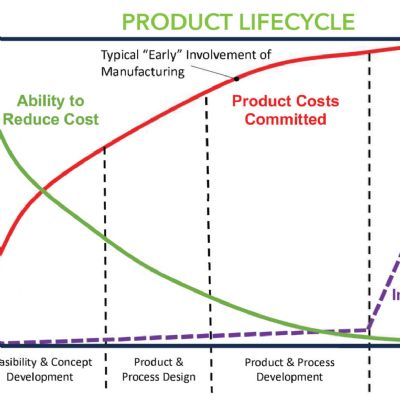 Michael Bleau
Michael BleauMore on Social Media: Blog Basics—Part 2
November 1, 2010Comments
Last month we discussed how to start a blog. Now let’s dive deeper. Once you’re up and running you’ll need to focus on the several important and challenging tasks…who will write content, what they’ll write about and who will monitor and respond to comments.
Blog Assignment
Writing a blog doesn’t require Shakespearian skills, but concise, well-written blog sites tend to grow more quickly and command larger audiences. Keep in mind that this is a business blog, so how your company is perceived is paramount. Coordination with a marketing resource will ensure consistency within the boundaries of your corporate identity standards.
If you plan on having a single writer, then you can take the 20-min./day approach to keep content alive and fresh. Here the writer prepares a single post each day, which should take no longer than 20 min. to generate. Other options include assigning multiple writers to tackle a series of topics with scheduled posts by each throughout the week. This spreads the responsibility out and reduces the workload on any one individual. You also have the option to outsource the heavy lifting of writing and posting to a PR firm that can poll company insiders for topics. If you opt for outside assistance, it’s best to have a knowledgeable insider act as your point-person to review and approve content prior to posting by the outside firm.
Finding Your Voice
Decide the personality you want to convey with your blog; this should reflect the personality of your company, its culture and how you want the business entity perceived. You also need to consider the audience that you’re addressing. Consider the tone the blog takes—serious, technical or conversational. Decide on a narrative form: first person, second or third person view. Do you include industry jargon? Once decided, craft a short reference sheet that outlines the “rules” of the blog for your contributing writers, as well as a brief profile of the audience. This will ensure relevancy and consistency in your posts.
Themes and Topics…Content is King
Your blog can cover various topics that affect or interest your audience; you can claim a theme and own it. Write about what you know, what you do or are passionate about.
For example, if your company is known for a specialty or niche such as press monitoring, then you could create a persona around this topic and share daily tips on improving production environments through better press monitoring. Whenever possible, include visuals. Photos, charts and video als add value when telling a story.
Frequency
Two posts per week is a good minimum for starters, but multiple, daily posts is a better to build an audience, as they’ll have more variety to choose from each day. But don’t force it—you’re better off posting good content then simply posting to create some noise.
Also, it’s important to note that posts need not be long; in fact, shorter, succinct posts are easy for readers to consume. Assume that your readers are busy and have other informational resources. Keeping posts condensed is just as easy on your writers as it is for your readers. If a topic demands more detailed coverage, then break it into segments or continue to post smaller stories while building towards a larger post.







 Podcast
Podcast
 Webinar
Webinar